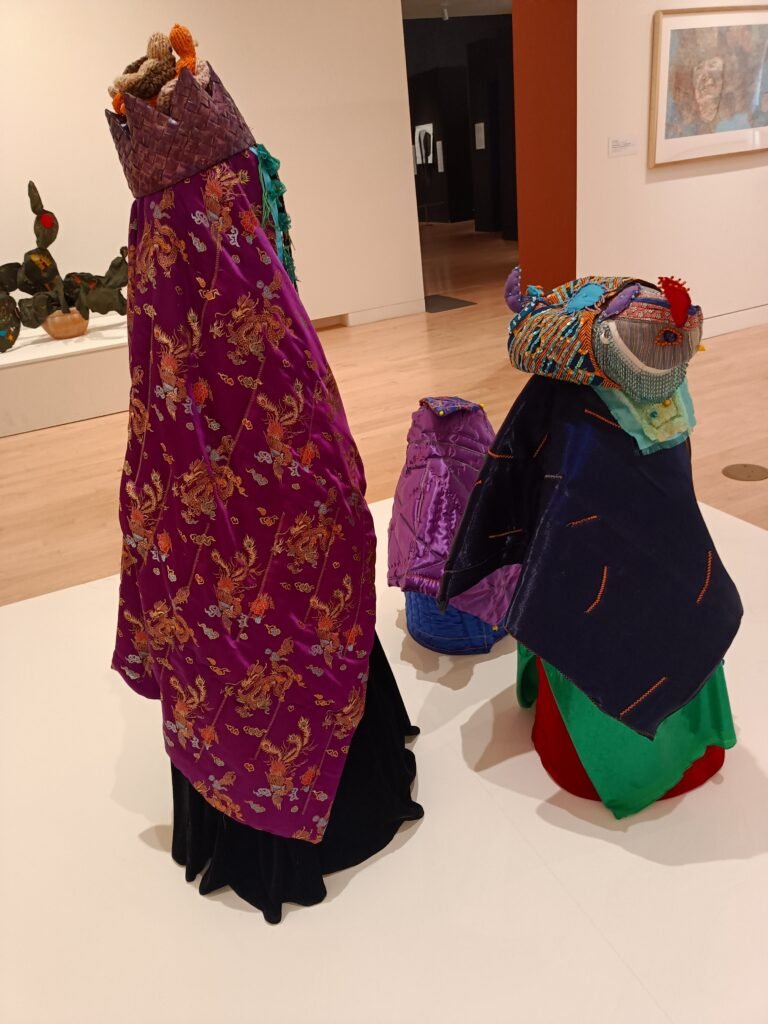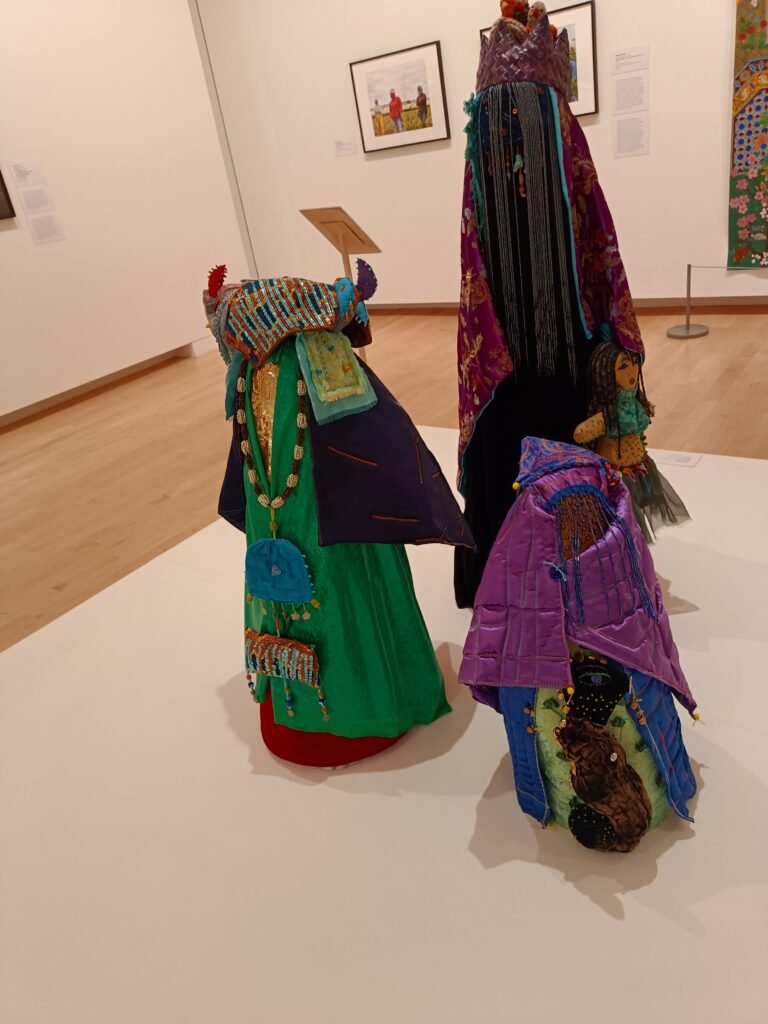From the Nahuatl word for the space between two places, comes an exhibit of art by the Arab diaspora addressing colonialism in the Indigenous American West.
Curators at the Tacoma Art Museum continue to engage in a thoughtful reexamination of the Haub collection – a historic body of work focused largely on the American Southwest – by juxtaposing it with contemporary art that speaks for communities whose histories have long been marginalized or silenced.
Following in the footsteps of previous exhibitions such as Finding Home: The Chinese American West , Blackness is…the Refusal to be Reduced, and On Native Land, this one – Nepantla: The Land is the Beloved, deepens the practice. Guest curator Maymanah Farhat invites artists of the Arab diaspora—many of whom have firsthand or inherited experience with colonial trauma—to reflect on the contested landscapes of the Southwest alongside their own histories of dispossession and resilience.
The artists reflect on the internal effects of living along borders—both physical and psychological. Cultural theorist Gloria Anzaldua explores this terrain in her writings, describing borders as “a locus of resistance, of rupture, and of putting pieces back together.” She speaks of “multi-subjectivity and split-subjectivity,” concepts that are central to the perspectives artists of the Arab diaspora bring to these vital conversations.
One of the artists, Sama Alshaibi, born in Iraq in the early 70’s, depicts the divided Mount of Olives in East Jerusalem as a landscape literally divided as a diptych, emphasizing how arbitrary and unnatural it is to sever these landscapes.

The same artist in her Borderland series shows a triptych of locations along the Mexican/American border in Nogales, interspersed with her body in the middle. The photographs themselves, composed on multiple borders, lines, roofs, roads, are all linear boundaries, separating spaces. The photograph of the artist appears to be floating in a green, natural background, unincumbered by these human constructions.

Another Iraqi artist, one who works in multimedia, Lahib Jaddo, has constructed sculptural forms based upon her memories of figures in her childhood. has constructed sculptural forms based upon her memories of figures in her childhood. Each are made up of textiles from her country, blurring the boundaries and borders between the subjects. Human or animal, grandmother or chicken, each form communicates a strong, beloved presence.


Ultimately the exhibit at the Tacoma Art Museum is a poignant, emotionally resonant show that interrogates concepts of homeland, memory, dispersal, and loss. Curator Farhat has skillfully created space for artists to ask urgent and complex questions: What are borders? And where do we locate ourselves amid the ruptures they impose—externally or internally?
Nepantla: The Land is the Beloved runs through Sept. 6th, 2026 at the Tacoma Art Museum.
